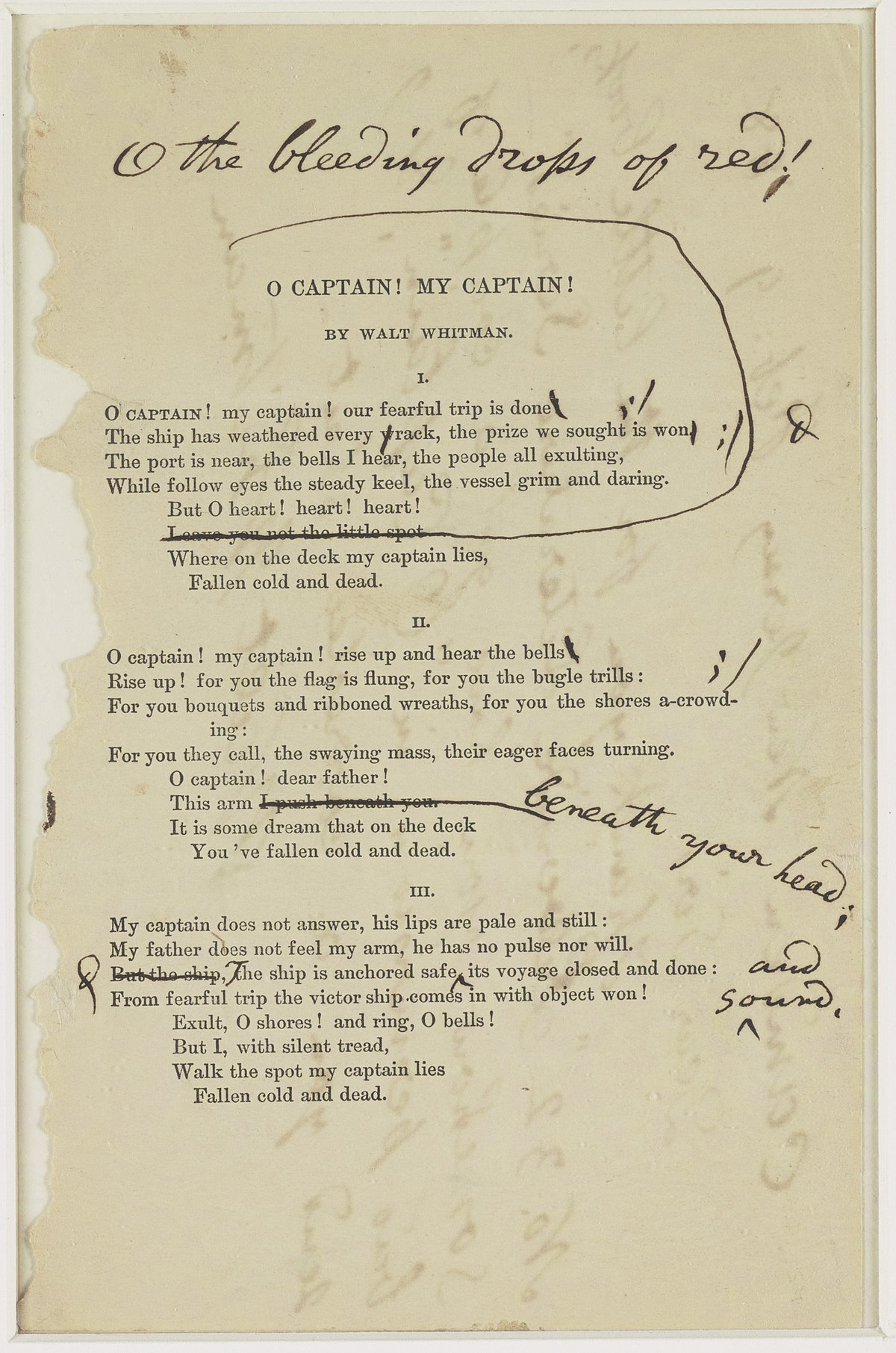In the realm of language, exclamations and vocatives serve distinct purposes, adding expressiveness and addressing individuals or entities directly. Among the most common exclamations in English, “oh” and “O” often appear interchangeable, yet they carry subtle distinctions in their usage and connotations.
“Oh”: A Multifaceted Exclamation
The exclamation “oh” stands as a versatile expression that conveys a range of emotions, including surprise, disappointment, excitement, sadness, and awe. Its flexibility allows it to adapt to various contexts, from everyday conversations to formal speeches and literary works.

“O”: A Vocative with Poetic Charm
The letter “O,” when used as an exclamation, often carries a more formal and poetic tone compared to “oh.” It is primarily used to address individuals or entities directly, often in the context of prayers, invocations, or literary expressions.

Delving into the Distinctions
The primary distinction between “oh” and “O” lies in their usage patterns. “Oh” serves as a general exclamation, expressing a wide range of emotions, while “O” is primarily used as a vocative, addressing individuals or entities directly. Additionally, “oh” is more common in informal and everyday contexts, while “O” retains a more formal and poetic association.
Exploring the Evolution of “O”
Historically, “O” was a more common exclamation, frequently used in both formal and informal settings. However, over time, “oh” emerged as the more prevalent form, gradually replacing “O” in everyday usage. Today, “O” remains primarily confined to formal and poetic contexts, lending a sense of grandeur and antiquity to expressions.
Literary Examples: Illuminating the Nuances
In literary works, the choice between “oh” and “O” often carries symbolic significance. For instance, in Shakespeare’s “Romeo and Juliet,” the famous line “O Romeo, Romeo, wherefore art thou Romeo?” employs “O” to emphasize the depth of Juliet’s longing and the poetic nature of the expression.

Pronunciation: A Subtle Distinction
While the pronunciation of “oh” and “O” is generally considered the same, there can be subtle variations depending on regional accents and personal preferences. In some instances, “O” may be pronounced with a slightly longer and more drawn-out vowel sound, adding to its formal and poetic quality.
Conclusion: Mastering the Art of Expressiveness
Whether employed as a versatile exclamation or a formal vocative, “oh” and “O” enrich the expressiveness of language. By understanding their distinct nuances and usage patterns, individuals can effectively convey their emotions, address others directly, and enhance the impact of their written and spoken expressions.